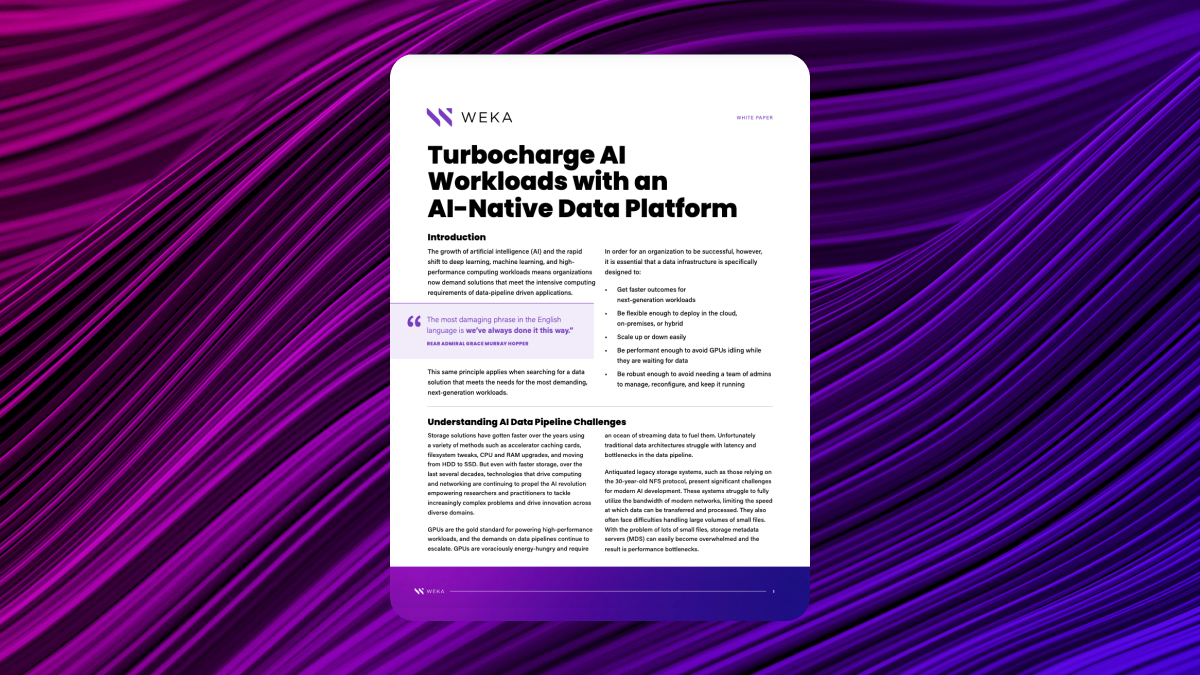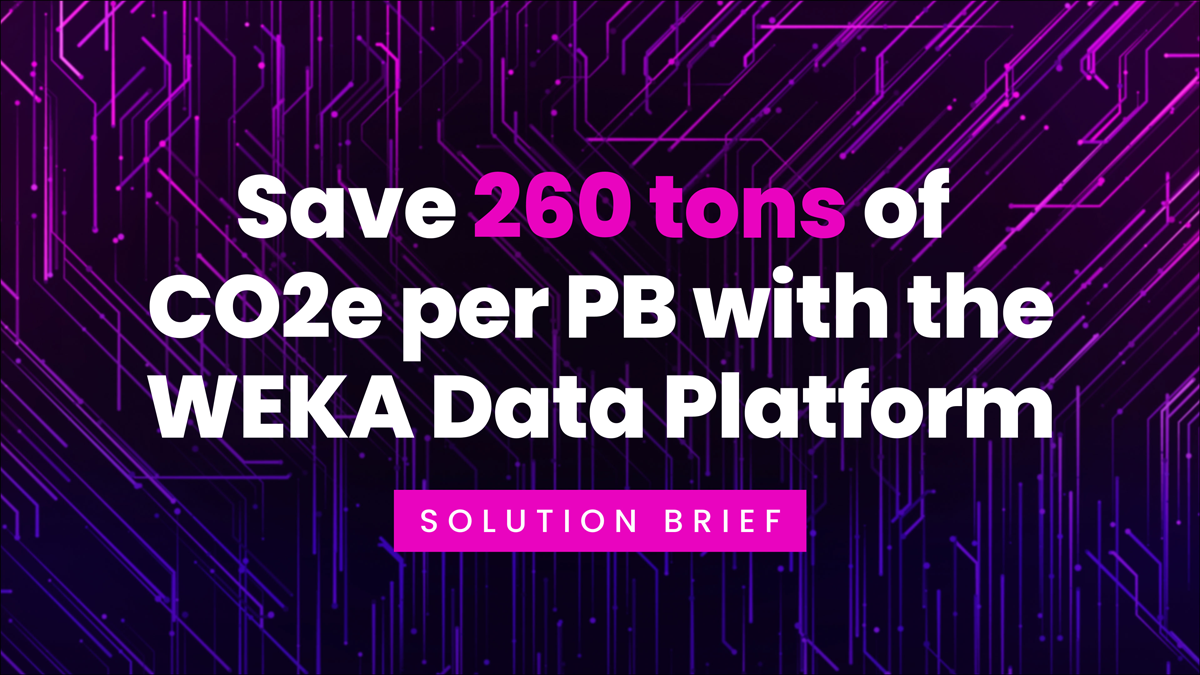Clustered File System
What is a Clustered File System?
There are plenty of options for storing data, and determining the best approach for your data management needs can be overwhelming. Clustered file systems provide an option to consider.
A clustered file system leverages multiple physical storage servers which simultaneously mount the file system so that it can be accessed and managed as one single logical system. The advantage of clustered file systems is that they share available storage capacity that could be under-utilized on the networks if deployed as separate entities.
Traditionally, a file system manages the retrieval of data between an operating system and a storage server. This process can become more complicated when servers are bundled into a single cluster, but the beauty of a clustered file system is that the data storage and the data access can be organized across all clusters, so they can work together, handle a demanding workload, and enable users to access the same files and the same data simultaneously. This functionality is essential in systems that require more than simple redundancy when a node fails in a cluster.
Benefits of a Clustered File System
There are several benefits of taking this approach to data management. One of the significant benefits is its ease of use. Companies want file management systems that are seamless, easy to use, and reliable so that employees can be as efficient and productive as possible.
Another significant benefit is that clustered file systems provide increased resource availability. If one node in the fails, other nodes are available that can be utilized, allowing access to needed data without downtime. More importantly, this prevents a costly loss of data access that could be detrimental to a business.
An additional benefit is strategic resource usage. A clustered file system can distribute projects and data across different nodes to create the desired configuration. This is an excellent benefit because it allows for companies to reduce their hardware utilization overhead and be more flexible with their resources.
Other benefits include an increase in performance, greater scalability, and simplified data management. Performance increases because multiple server nodes offer more processing power. These systems have excellent scalability, so resources can grow as the need grows. In fact, clustering provides better data management because it can simplify the management of large systems or systems that are growing in size.
Also, clustered file systems give users the ability to load balance equipment, dividing up the work of servicing multiple application clients. The clients can perform more quickly, using software, hardware, or both. Load balancing is often one of the most important reasons why businesses switch to clustered data solutions.
A final benefit is that maintenance can be performed on different nodes one-at a time, ensuring that users have always-on access to the data that they need, even as necessary maintenance is taking place to ensure that the system is performing at optimal levels.
Clustered file systems provide a viable alternative for businesses looking for the right data management solution.
Find out how you can create a flexible, scalable, high-performance storage cluster with WEKA. Visit Weka.io for more information.
Additional Helpful Resources
FSx for Lustre
BeeGFS Parallel File System Explained
Learn About HPC Storage, HPC Storage Architecture and Use Cases
Worldwide Scale-out File-Based Storage 2019 Vendor Assessment Report
5 Reasons Why IBM Spectrum Scale is Not Suitable for AI Workloads
Isilon vs. Flashblade vs. WEKA
Gorilla Guide to The AI Revolution: For Those Who Are Solving Big Problems
NAS vs. SAN vs. DAS
What is Network File System?
Network File System (NFS) and AI Workloads
Block Storage vs. Object Storage
General Parallel File System (GPFS) Explained
Introduction to Hybrid Cloud Storage
Distributed File System Explained





